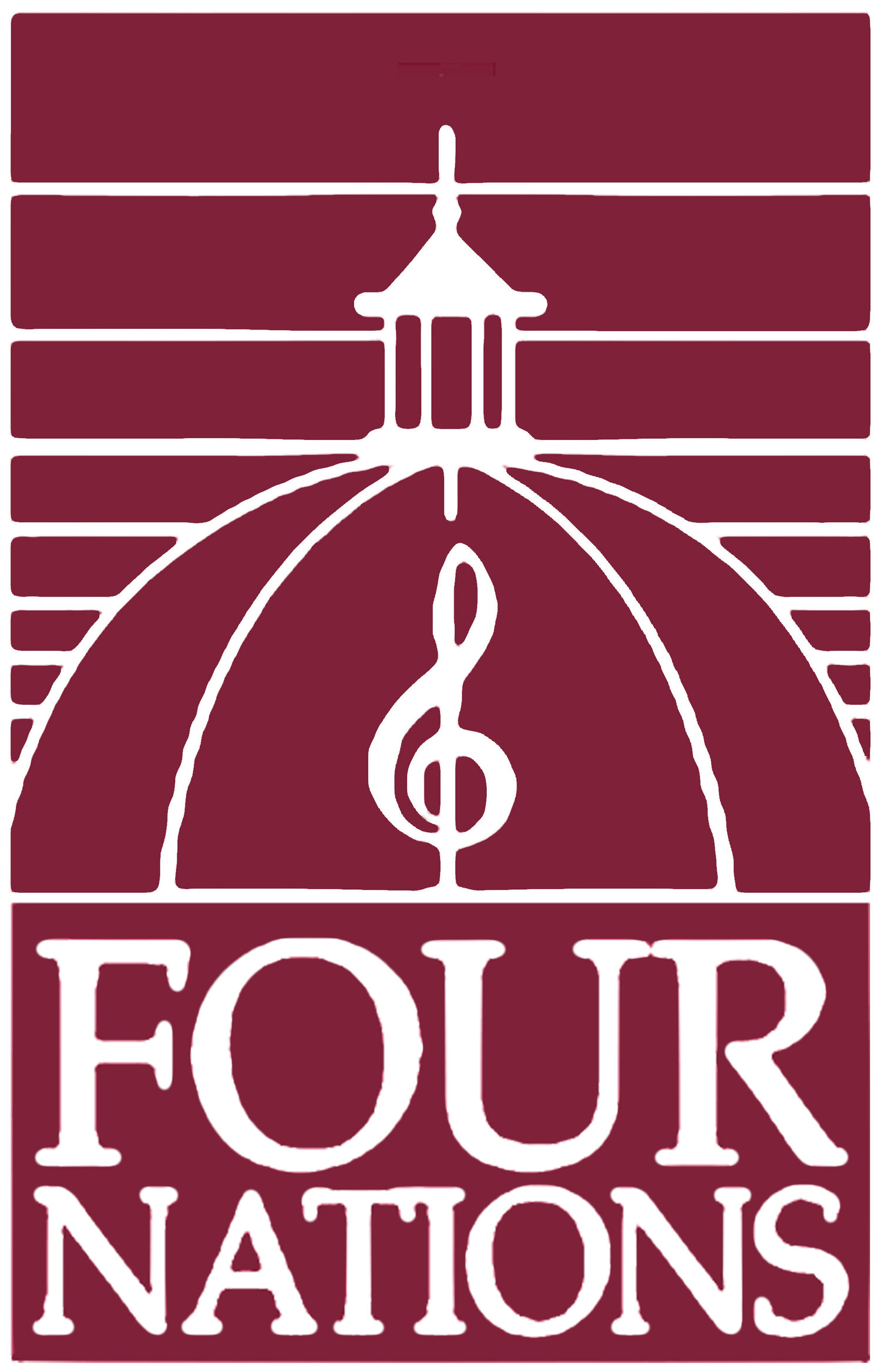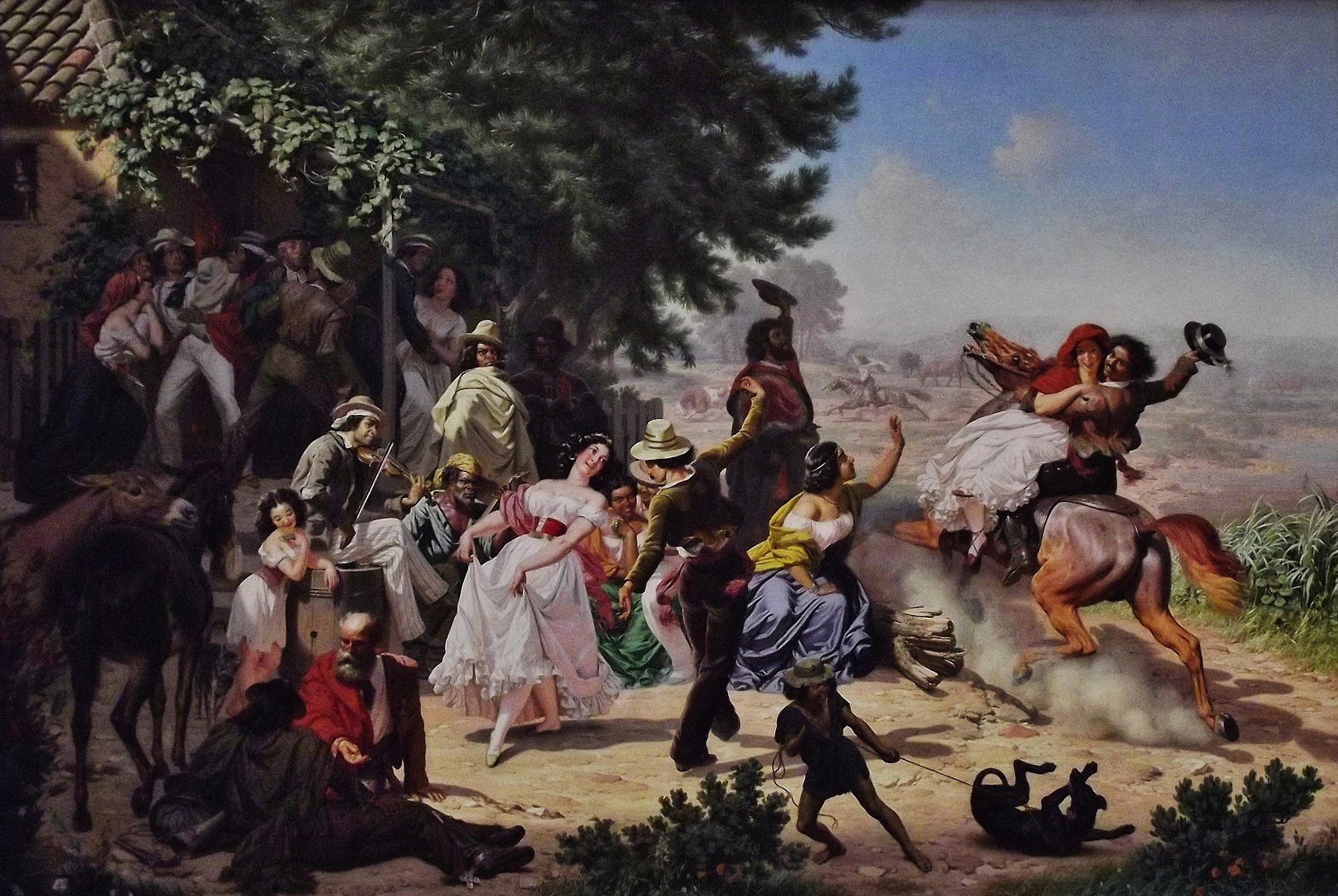Paris and Madrid
Music for Two Harpsichords
Saturday, November 11 at 2:30 PM
The Won Dharma Center
Claverack, New York
Charles Christian Nahl, The Fandango
THE ARTISTS
Frederick Haas, harpsichord
Andrew Appel, harpsichord
THE PROGRAM
Soler
Concerto I for two keyboards
Couperin
Allemande for two harpsichords
La Julliet
La Létiville
Musette de Choisi
Musette de Taverni
Scarlatti
Four Solo Sonatas
Rameau
La Livri
L’Entretien des Muses
Chaconne from Les Indes Galantes
Boccherini
Fandango
“Europe ends at the Pyrenees.” When I was a student in Paris, I often heard this from the French as they categorized culture in Spain. The Italians might lack refined taste and poised emotion, the English might be a country of roast beef and shopkeepers, but Spain was savage, barbaric with their insane monarchs and bullfights, public celebrations of cruelty.
Are they right? We know of the king, Philip V who could not function unless he heard the same four arias every night sung by Farinelli, pills for melancholy by the most famous singer of the 18th century. We know of Charles II, the king who would sequester himself in the coffin chambers of Escorial, the grand royal palace. He would have the coffins opened, look upon the rotten remains of his ancestors and alternately laugh and sob. We know of the Inquisition and its catalogue of torture and abuse. A demon seems to inhabit the Spanish soul.
Yet, mark Flamenco song and dance. Is it that very same cruel demon that seems to lodge itself in the legs of the dancer and create an explosion of thrilling movement? Observe the expressive distortions of El Greco who paints images that are both magnificent and terrifying, taking Baroque expression into territories of drama that are beyond Italian vision. Respond to Goya who gives us portraits of comic comment poking fun at nobility, yet also gives us nightmares that unleash our own pained vulnerability and horrific fears. Can we agree that Spain, with its exaggerations, is a furnace of creativity?
Though many things Spanish were stylish in Italy and France, the most profound influence or effect manifested itself in composers who left the calm of Italy to live in Madrid. Domenico Scarlatti and Luigi Boccherini, brilliant young virtuosi and composers, became great creators when the searing color and vitality of Spanish life flooded their minds. Scarlatti is arguably the most imaginative keyboard composer in history. Boccherini’s vast sound world of string playing, from dazzling sparkle to erotic groan, would not have occurred to him had he not known the midnight singing, semi-Arabic but fundamentally Spanish, of Andalusian folk song and dance.
François Boucher, The Love Letter
I do not want to suggest that the music of Soler, Scarlatti, and Boccherini are rich in colors while Couperin and Rameau pale. In this program of music for two harpsichords we can all revel in the voluptuousness and sensuality that is French. There is no instrument more central to a nation than the harpsichord is to France. The French school mines the shimmering, silvery yet resonant sound, taking advantage of both its clarity and its warm resonance. In his few works for two harpsichords Couperin creates kaleidoscopes of sound that dazzle. He offers a tender confusion of embedded dissonances and a misty poetry. And just as in his solo harpsichord works, he takes us from the delicate refinement of the salon performer to the barnyard and village wedding bagpiper and tambourine player.
Couperin urges us to play his trio sonatas, originally for two violins and continuo on two harpsichords and so we know this must have been common practice. Today, however, it is not common to have the opportunity to work this sparkling combination and enjoy transcriptions for it. But our program ends with such a celebration. Rameau’s grand chaconne from Les Indes Galantes and the fandango from Boccherini’s string quintet show us two very different costumes. Somehow together they appear as a perfect, witty, and engaged couple at a masquerade party alternately representing fascinating, satisfying, and different worlds.


